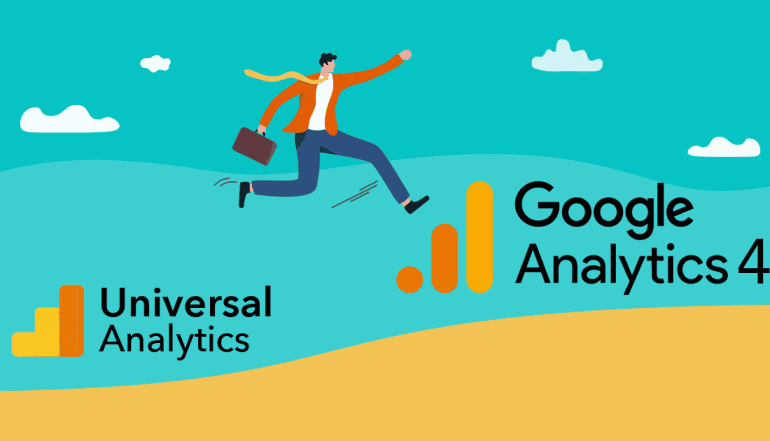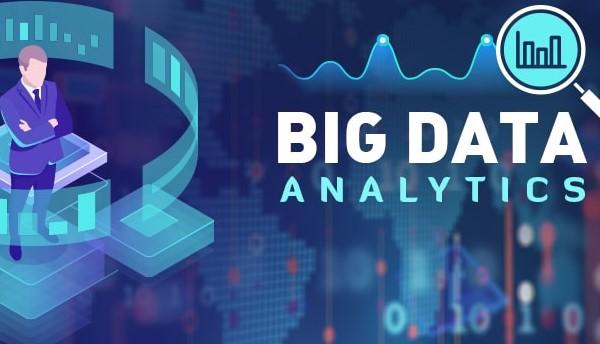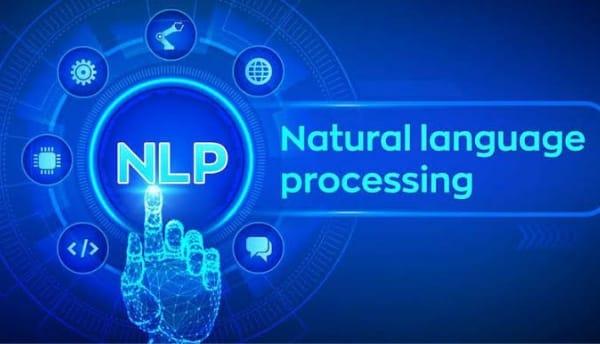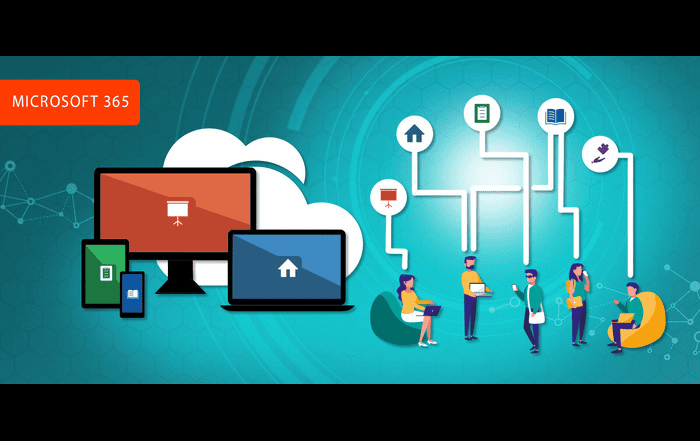
Surveys show that 60% of organizations that made use of predictive analysis tools were able to solve their problems timely, as against the average of 46.2 hours spent every month in critical problem solving scenarios with no support of predictive tools.
Over the recent years, “Predictive Analysis” as a business intelligence tool is gaining significant attention.
What is Predictive Analysis?
In simple words, this tool is used to sieve through company information to highlight various patterns, opportunities and risks. This is a tool used in advanced analytics to make predictions about a number of unknown future events. This methodology involves the use of a variety of techniques such as
- Data mining
- Modeling
- Statistics
- Machine learning
- Artificial intelligence
With an aim to analyze current information and make relevant predictions about the future it brings together these tools and integrates it with marketing information systems for business gain. Any patterns found in the historical or analytical data can be used to make predictions about the future, optimize opportunities and mitigate losses. Predictive analysis tools are able to analyze relationships along with a variety of other factors to assess risks within specific conditions.
Business Advantages of Predictive Analysis
Armed with critical insights into their business, companies are able to now make smarter business decisions and also rewrite their business operations to handle a variety of problems. The following 10 benefits of predictive analysis have been highlighted by companies that have been able to employ this tool in full capacity .
- Smarter detection of business challenges
- Easy prioritization of workloads
- Ability to monitor progress and Key Performance Indicators
- Ability detect business patterns and initiate appropriate actions
- Ability to aggregate as well as correlate critical information
- Find ways to optimize processes and enhance performance
- Detect insights and relationships insights
- Identify suspicious trends before major losses take place.
- Acquire enhanced control and collaboration within a firm.
- Integrate logic with existing case management systems.
Predictive Analysis in Today’s Tech Based World
In today’s rather complex web based business scenarios, dependencies on the internet, database servers and other applications are on the rise. In addition to this, there is a constant need to work in sync with fraud prevention services, legacy applications and other hardware and network systems that build a foundation of your business.
In such complex environments, identifying the root cause of any business problem can be a daunting task to take one. Furthermore, the rather silo approach of IT expertise adds to the problem, considering there are few people with the right expertise to handle a problem in a holistic manner.
Solving Problems with Predictive Analysis
Take this case study for instance
A leading retailer was suffering from regular outages in its gift card application processing, subsequently preventing cashiers to process customer cards for hours together. Every time there was an outage, the in-house Windows, VMWare and SQL server experts would end up spending additional hours going through system logs and making hundreds of phone calls, all in vain.
After having adopting predictive analytic solutions, the company was able to sift through thousands of gigabytes worth of application related information and identify connection errors with a network spike on two out of three of their VMware hosts. With this piece of information, the tech team was able to easily identify the root cause to an error in configuration and prevent all future outages.
This is just one of the many classic examples of the power of predictive analysis towards solving a variety of business problems. This tool is proven extremely important in mission critical applications where losses are prevented way before the risk becomes difficult to manage.
The best part about predictive analysis is that it does not demand any complex or lengthy installation or configurations and yet are able to use their complex machine learning capabilities to acquire information about your business and systems.









